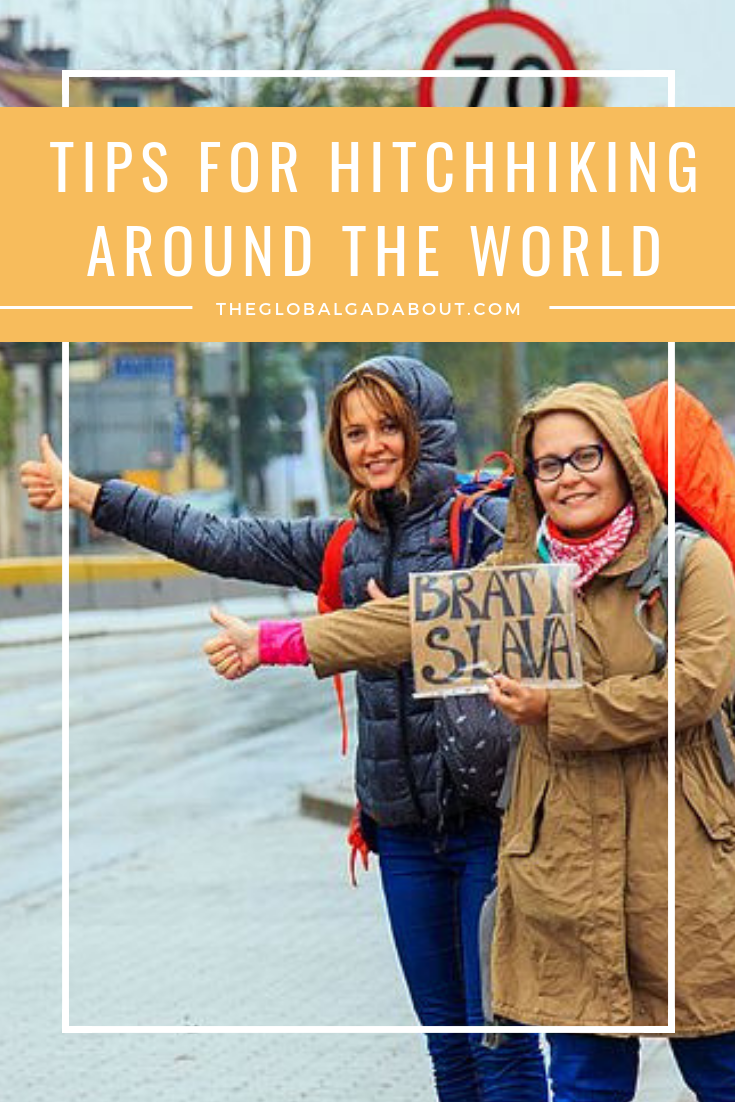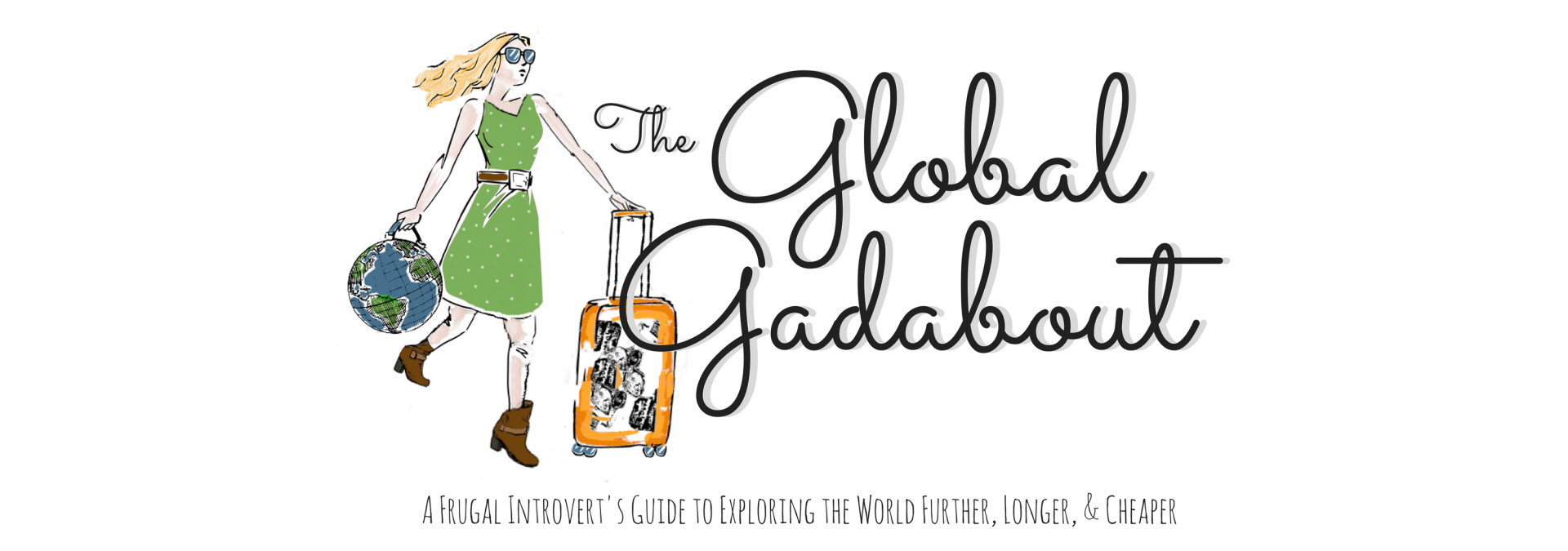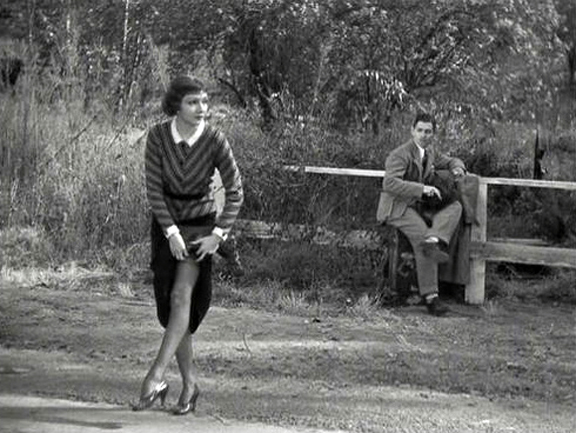Hitchhiking has gotten a bad rap, at least in modern American culture. I was always taught that it was very dangerous, illegal, and never to do it. I’ve done it quite a bit… sorry, mom! So what is the deal with hitchhiking? Is it safe? What can you do to make it safer? Is it legal? Where is it legal? And ultimately, should you try it? Read on to find out! (For quick tips on the dos and don’ts of hitching, scroll to the end.)
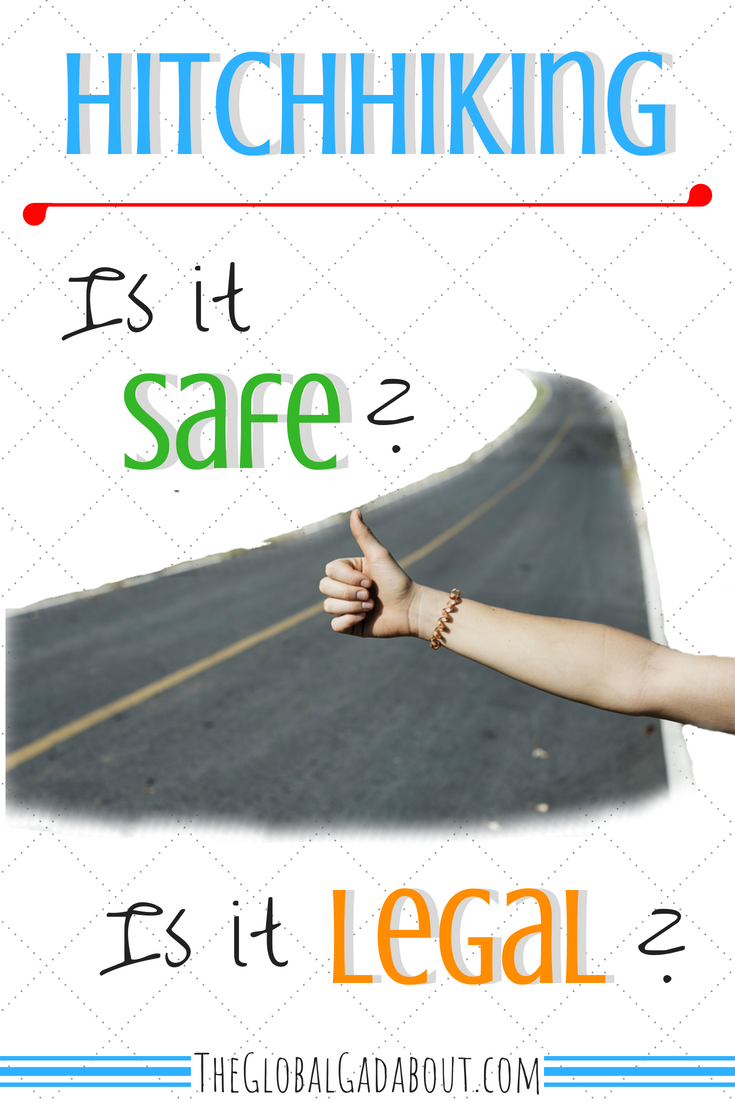
Is Hitchhiking Safe?
When I was training to become a zipline tour guide (awesome job, by the way!), my instructors were very particular regarding the question of safety. In an adventure sport like ziplining, the question, “It is safe?” is a common one would-be participants ask. The short answer is no.
Can I 100% guarantee you won’t get hurt or traumatized by the experience? No. But the same can be said about anything in life. You could die sitting in your favorite cushy armchair, choking on a grape you chose as a healthy snack while you browse the internet looking at pictures of all the places you’d love to visit but you think are too “dangerous”.
What we were taught to say to our zipline participants was that if they followed the rules and listened to the guides, it was extremely unlikely that anything would go wrong. I feel like hitchhiking is very similar to this. If you use some common sense and implement some of the dos and don’ts below, it is extremely unlikely that you will be picked up by an ax murderer and chopped to pieces for trying to save a few bucks and have a new experience.
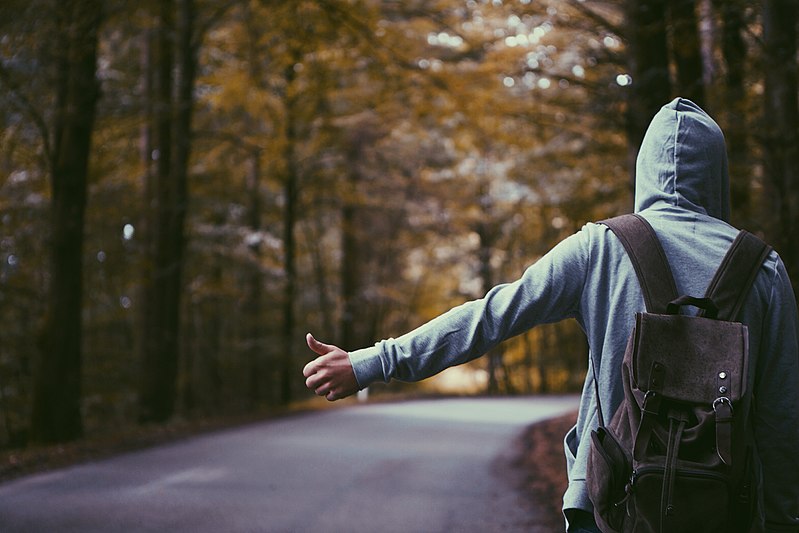
This question of safety comes from a certain perspective. A lot of places around the world hitchhiking is absolutely a normal part of everyday life – everyone does it and nobody worries about it. As a traveler in these kinds of places, I adopted the philosophy “do as the locals do” and tried it.
The first time I hitchhiked was at the end of my working holiday in New Zealand. I was running low on funds ($7 wasn’t going to get me another month…) and so sold the car I had bought to travel around in (at a huge loss, but needs must!). In order to help make the $900 I got for the car last another month of traveling about without having to stop and work, I decided to try hitchhiking, as I had seen tons of people doing all over both islands. After about two days of it, I wished I had been brave enough to do this the whole time and never bought the car in the first place.
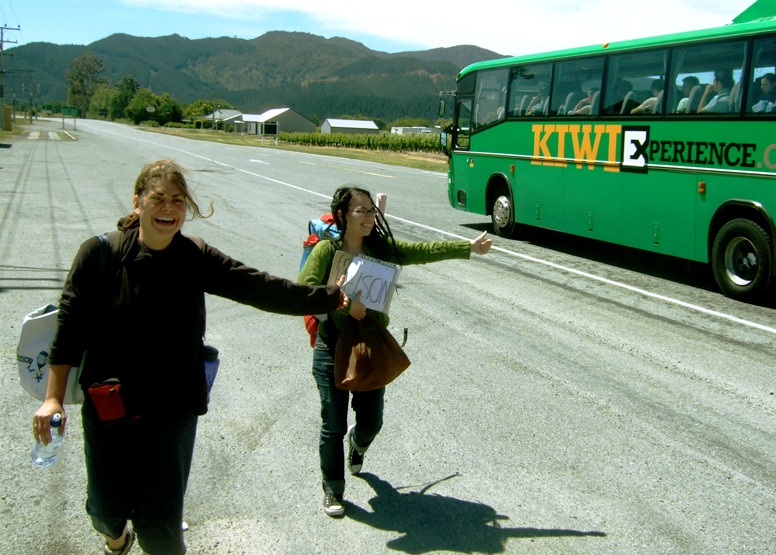
Years (and several hitching experiences) later, in a similar effort to afford to travel around stunning-but-pricey Iceland, I saw online that hitching was common on the island. Without hesitating, I built it into my travel plans as my way to get around the popular Ring Road route. I think the longest I ever waited for a ride was 20 minutes. Once. The shortest was literally 10 seconds. I’ve had a few awkward rides in various places, but I never felt unsafe. Overall, I’ve had a very positive experience with hitchhiking.
Is Hitchhiking Legal?
This question is, of course, location specific. But it may surprise some to know that hitchhiking is completely legal in most of the world. Sometimes it is illegal in specific regions within a country or specific roads or road types. Contrary to my own previously long-held belief, hitchhiking is legal in the US. At least, in 44 out of 50 states. According to the United States Uniform Vehicle Code,
“No person shall stand in a roadway for the purpose of soliciting a ride.”
This is sort of misleading and definitely makes it sound like hitchhiking it illegal. But they define a “roadway” as,
“That portion of a highway improved, designed or ordinarily used for vehicular travel, exclusive of the sidewalk, berm or shoulder even though such sidewalk, berm or shoulder is used by persons riding bicycles or other human powered vehicles.”
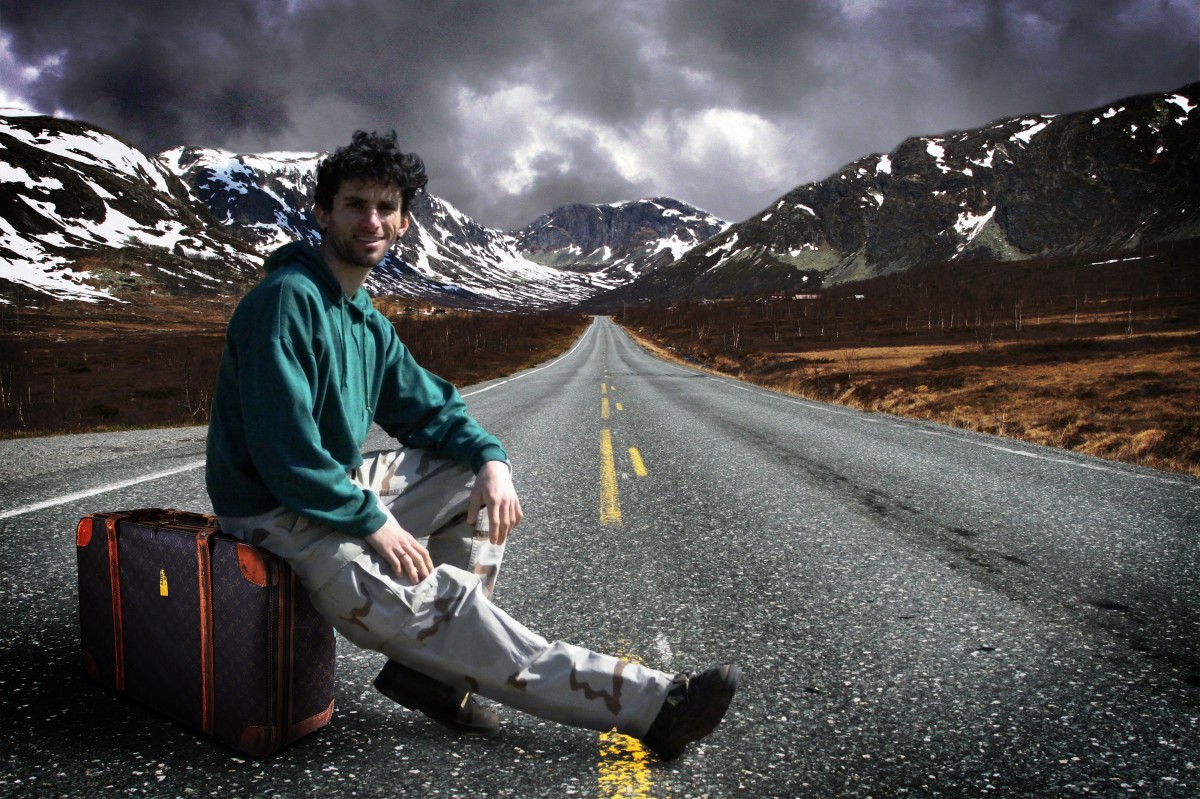
So really, hitchhiking itself is not illegal as long as you don’t stand in the middle of the road to get a ride, which, frankly, seems like common sense to me! If you stand on the sidewalk or shoulder of the road and stick your thumb out, that’s totally fine. Unless you happen to be in New York, New Jersey, Pennsylvania, Nevada, Utah, or Wyoming. Those are the six US states where hitchhiking actually is illegal.
As far as the rest of the world, restrictions on hitchhiking are usually pertaining to specific roads. You can’t hitch on certain highways in Canada. Hitching is legal throughout Europe, but not, for example, on Germany’s autobahn and other high-speed motorways.
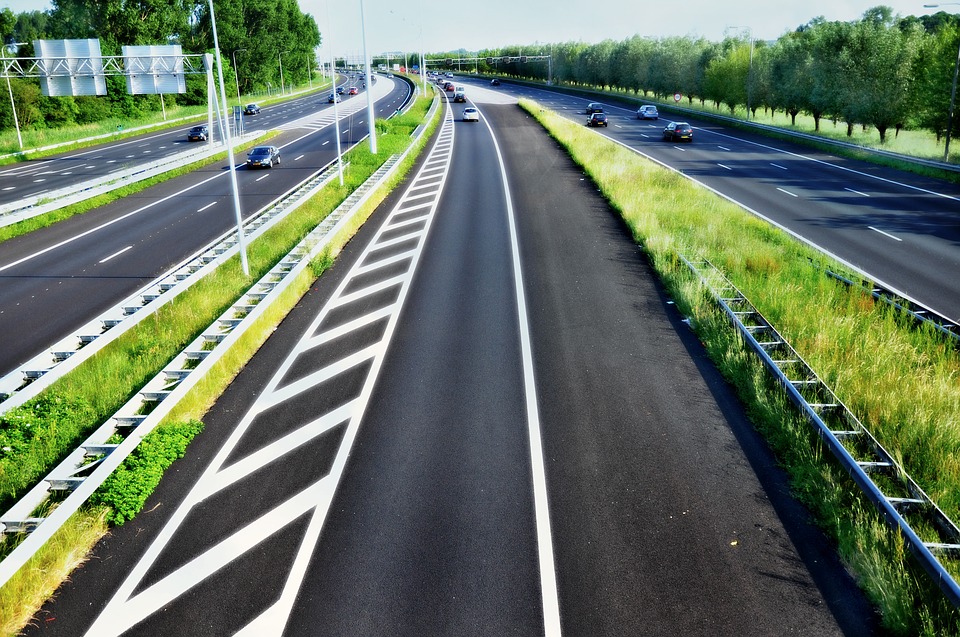
This just makes sense from a safety perspective. In a lot of Asia and many Caribbean and Pacific islands, hitchhiking is very common. It is illegal in China, Hong Kong, and Singapore, but otherwise widely used. There are also some countries in South America and Africa where hitching is legal. If you’re considering hitchhiking as you travel, check online to be sure it’s legal in your chosen destination and to find out how easy or hard it is. Good resources are Hitchwiki and Wikivoyage.
Dos:
* Do choose your spot carefully. Gas stations and highway on-ramps are good spots, as are intersections and the outskirts of main roads in cities. Be sure there’s room for a car to stop safely. If you can be seen from a distance, it gives drivers more time to decide and safely slow down to pick you up. Stand on the side of the road where cars are going the direction you want.
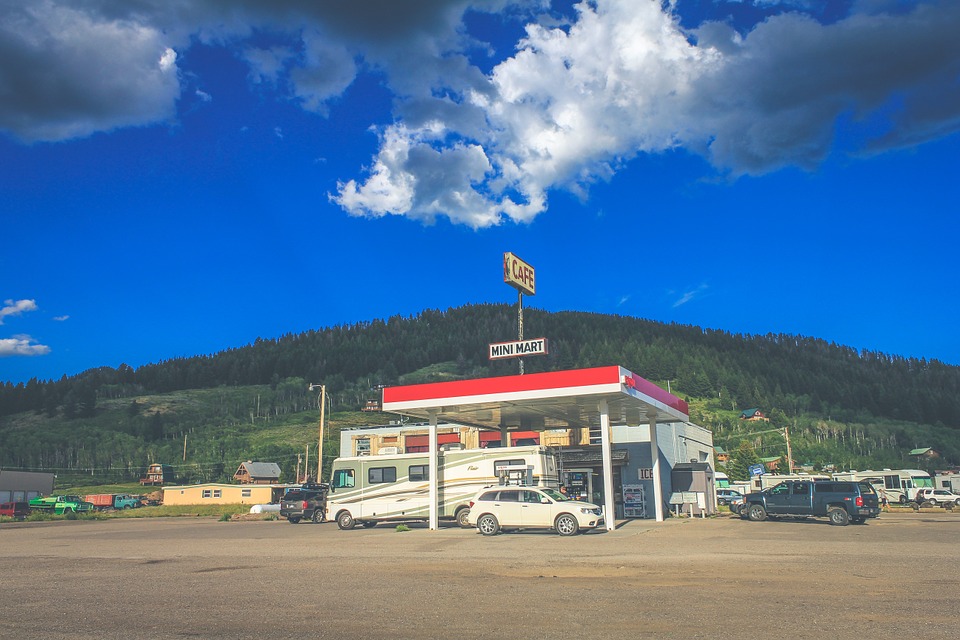
* Do be confident and friendly. Smile and make eye contact with passing drivers.
* Do be clean and presentable looking. Nobody wants to pick up a smelly passenger.
* Do ask for a lift somewhere within 50 miles, even if your destination is further. People are more likely to drive you somewhere closer and once you get chatting, they might offer to take you further. You could even say, “I’m ultimately going to ___, but if you could take me as far as ___, that would be great!”
* Do pack light. You might have to walk quite a bit to get to a good place to hitch a ride.
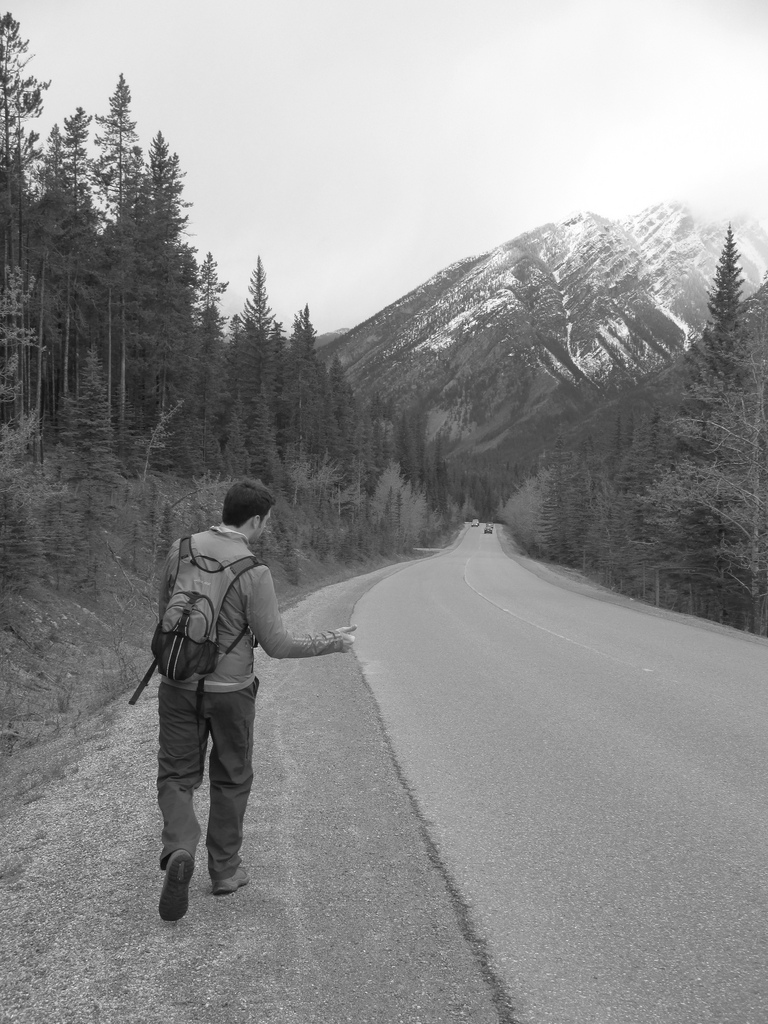
* Do bring snacks (Nature Valley Protein Bars are my favorite!). Unlike a bus, train, or any other standard form of public transportation, hitchhiking is very unpredictable. You may end up waiting quite a while for a ride or get a driver who doesn’t want to stop for a meal.
* Do have a good map of the area (physical or on your phone) and know where you’re going. This can help you piece together shorter rides, roll with what you can get, and make sure your driver is going where you want to go.
* Do make a sign. Use some cardboard from a dumpster and a black marker to write in big letters where you’re going, a general direction (“M4 North”), or something funny to show you’re a good passenger, like “Freshly Showered” or “Won’t Kill You”. Personally, I’ve never used a sign, but they can be a good way to let drivers know what they’re in for from a distance and some might be more likely to stop if they know how far you want to go or think you seem fun or nice.
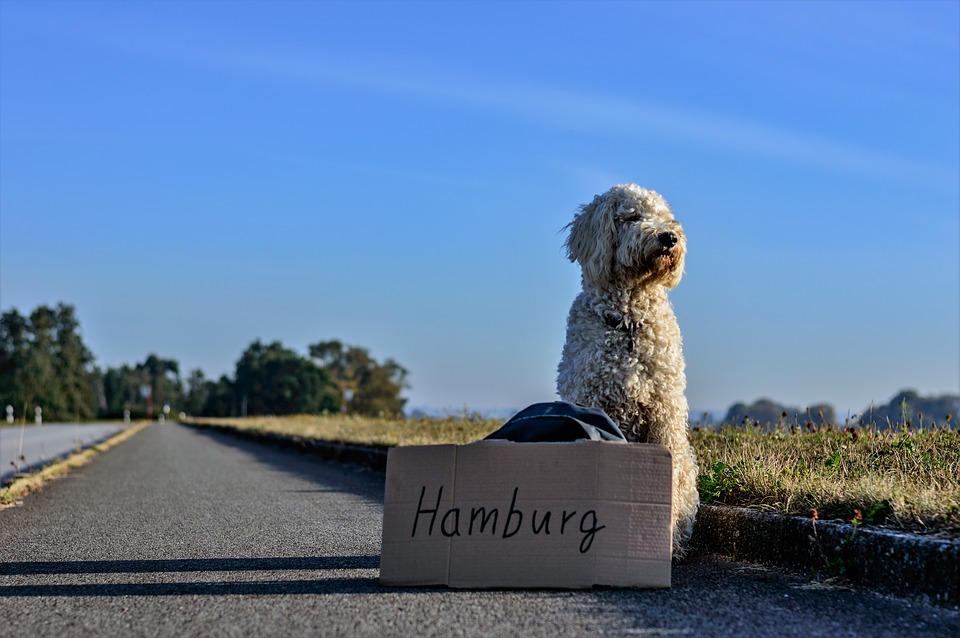
* Do make conversation and thank your driver. Sometimes people pick up hitchhikers out of boredom to have someone to talk to, or because they are interested in meeting travelers. Be polite and chit chat a bit.
* Do offer to contribute to gas if you can, especially for long rides. Or at least check online if this is expected. Most of the time it’s a nice gesture, though not expected. However, in some places, especially in Africa, hitchhikers commonly give their drivers a small amount of payment.
* Do keep your valuables close. Even if you put your main suitcase or backpack in the backseat, keep your money, passport, cell phone, and any valuables on your person or right by your feet.
* Do dress for the weather. You might have to wait a while in the rain or long enough for that sunny day to cloud up and get cold. Make sure you have appropriate clothing to avoid being miserable.
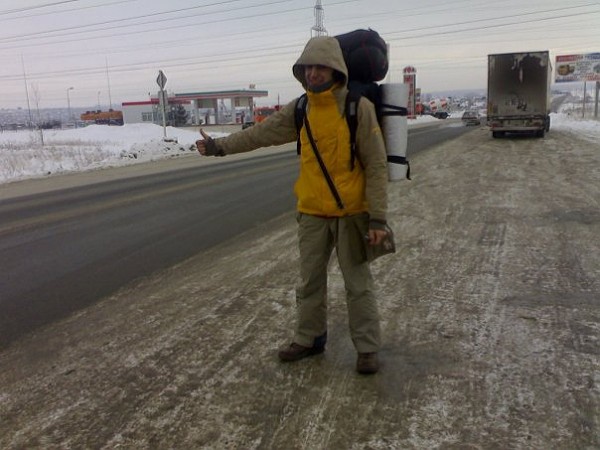
* Do ask to be dropped off outside of town or at a gas station or other place where it’ll be easy to get another ride.
* Do wear your seatbelt.
* Do double check what signal is used to get a ride. The “thumbs up” is the most common, but is not universal worldwide!
* Do hitch with a friend. Although people might be less likely to pick up more than one hitcher together, this just means you could have to wait a little longer. Especially if you are nervous or haven’t done it before, hitching with a friend gives you a bit more security, and someone to help make decisions and entertain you while you wait.

Don’ts:
* Don’t be afraid to say no. Just because someone stops doesn’t mean you have to ride with them. If you don’t get a good vibe, tell them thanks but no thanks. I usually ask where they’re headed first. That way, even if they’re going exactly where you want to go, if you don’t feel comfortable for some reason, you can always say, “Oh, I was hoping to find someone going all the way to ___, but thanks!” or some other excuse. If you’re on the fence, better safe than sorry: wait for another ride.
* Don’t be afraid to get out. Even if the driver seemed cool at first, if anything changes and you are no longer comfortable, ask them to let you off at the next town or gas station. Make up some excuse. “Oh, I didn’t realize we’d drive through this town, actually I’d like to stop here and check it out.”
* Don’t hitchhike after dark. As a general rule, hitching in daylight is just safer and easier. You can be seen better on the side of the road.

* Don’t be afraid to wait. Sometimes it can take a while to get the right ride.
* Don’t make tight plans. Give yourself plenty of time to get where you’re going. You may find a ride all the way right away, or you may have to wait several hours and take many shorter rides that increase the actual travel time by quite a bit.
* Don’t bring up religion, politics, or other controversial topics with your driver. You don’t want to start an argument and get kicked out in the middle of nowhere. If they start in on something you don’t agree with, try to keep quiet and change the subject.
* Don’t dress overly sexy or provocative, especially women. This may have been an effective technique for Claudette Colbert in that famous hitchhiking scene from 1934’s It Happened One Night, but nowadays, this might attract those few drivers who are looking for more than just conversation and is not the safest way to get a ride.
* Don’t try to get a ride on the highway. Even if it’s not strictly illegal (as it is in many places), it’s not a good idea. It is not safe for you to stand alongside fast-moving cars, or for cars to stop along such a road to pick you up.
Hitchhiking is definitely an experience. It helps with your travel budget and is a good way to meet locals and pick their brains about the country you are visiting and what they might recommend to see and do. It can be difficult sometimes but also can be very rewarding and eye-opening. I’ve had many very interesting conversations with people who’ve picked me up and learned a lot more about the place I’m traveling in. Overall, hitching is fairly safe when you use common sense and totally legal in a lot of the world. To cut down on your costs and give you a new perspective, consider it as an option the next time you travel.
*This post includes one or more affiliate links. I earn a small commission (at no extra cost to you!) if you purchase a product or service through one of these links. Find out more here.*
Related Posts:
- How I Travel Cheaper Than You Live
- 5 Tricks for Getting the Cheapest Flight
- Couchsurfing and Free Homestays: A Beginner’s Guide
Want more from The Global Gadabout? Sign up for the newsletter and like the Facebook page!
Pin this post for later!

